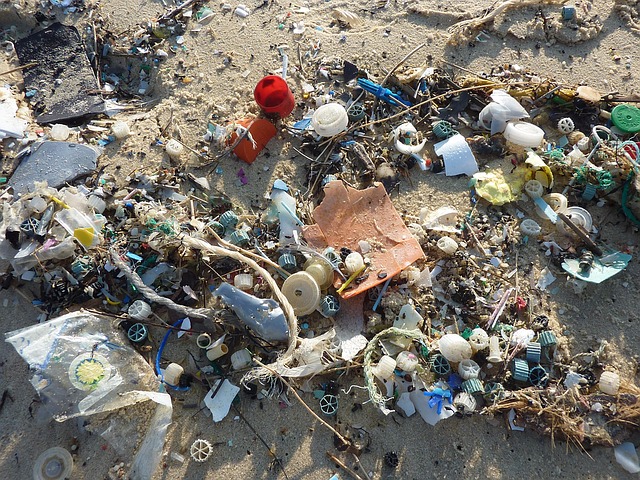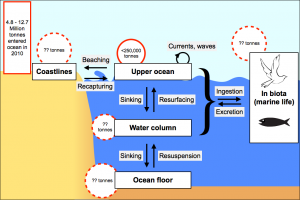EU-funded research develops modelling tools to keep track of ocean plastic
- April 25, 2018
- Posted by: administrator
- Category: Technology & Innovation, Europe

EU-funded research is developing advanced modelling tools to help assess the full extent of the problem of plastic pollution in the oceans and how it is affecting the marine environment.
The tools will help policymakers design targeted measures to address a major and growing issue – an estimated 5 million-plus tonnes of plastic enter the oceans every year and the figure in rapidly growing. It is estimated that in the next five years global production of plastic will be higher than in the entire 20th century.
The EU-funded TOPIOS project, which started in April 2017, is creating a novel comprehensive modelling framework that will help to more accurately assess not only how much plastic is in the ocean, but also where it is and where it came from.
Plastic pollution does not only stay on the surface of the ocean but penetrates right to the very depths and into living ocean organisms and the marine food web.
 Project coordinator Erik van Sebille of the Universiteit Utrecht in The Netherlands commented:
Project coordinator Erik van Sebille of the Universiteit Utrecht in The Netherlands commented:
“We know that the plastic floating on the surface of the ocean represents only a very small percentage of the total amount of plastic going in to the oceans every year.
“This means that as much as 99 % of ocean plastic is ‘missing’ – we don’t know exactly where it is or what damage it is doing. TOPIOS aims to fill in the gaps in our understanding.”
3D mapping for clearer direction
The team of researchers working together within TOPIOS will build on well-established previous work to create state-of-the-art hydrodynamic ocean models able to track the movement of plastic through the ocean. The resulting modelling framework will make it possible to simulate the various ways in which plastic is transported around the ocean, whether through fragmentation, sinking, beaching, ocean currents, wave-mixing or ingestion by living organisms.
To achieve this the researchers will use advanced computer modelling combined with extensive field research. The information will feed into 3D maps of the various transport pathways in the ocean, coastlines and marine organisms.
These will be used to evaluate a broad range of scenarios and test various hypotheses. It will also make it possible to assess where the risk of plastic to marine life is the greatest.
“In order to think intelligently about how to clean up the ocean, we need to first know more about how plastics are distributed in the marine environment, their impact on marine life and what the main sources of pollution are,” Van Sebille continued. “This may include, for example, being able to identify the main polluting countries, outlets and industries – thus allowing better targeted policies to reduce plastic waste.”
The Netherlands is acting as coordinator for TOPIOS, in which the UK and Spain are also participating. The € 1.4 million-plus project is due to conclude in March 2022.
Click here to visit the TOPIOS project website
